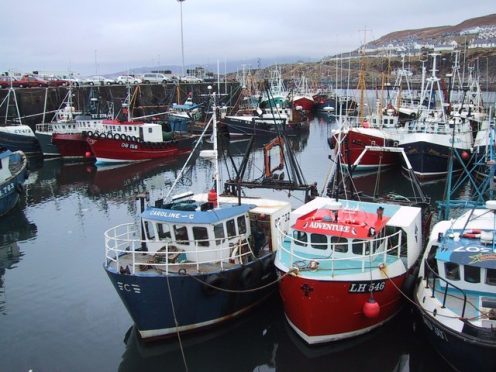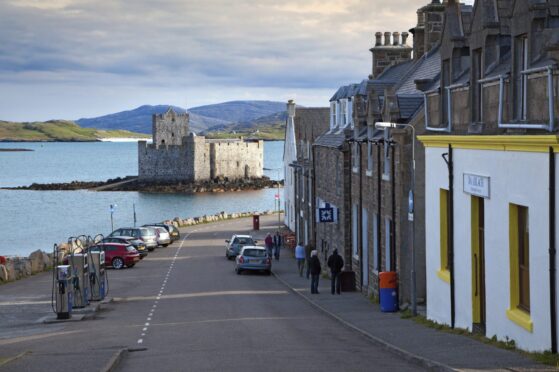There is no such thing as a free lunch – unless you happen to be a gull living near a major west coast fishing village.
But it seems that the sea birds are vulnerable to the local fish haul.
New research just published shows that a population of large gulls on Canna failed to thrive as the catch landed by the Mallaig fishing fleet fell.
The research, published in the British Trust for Ornithology (BTO) journal Bird Study, looked at the breeding populations of three species: Herring Gull, Great Black-backed Gull and Lesser Black-backed Gull on the Hebridean island.
It studied the relationship between these gull populations and the fall in the quantity of fish landed in the nearby harbour of Mallaig.
Between 1985 and 2000 an annual average of 13,726 tonnes of fish was landed in Mallaig. This had fallen to 4,456 tonnes between 2007 and 2014.
This has apparently had a profound effect on the Canna gull population. The number of breeding pairs of Herring Gulls peaked at 1,525 in 1988, Great Black-backed Gulls reached 90 pairs around the same time and the highest number of Lesser Black-backed Gulls was recorded at 63 pairs.
At the latest count around 130 pairs of gulls bred on Canna in total, comprising of up to 95 pairs of Herring Gulls, 18 pairs of Great Black-backed Gulls and 13 pairs of Lesser Black-backed Gulls. The population decline has also been associated with low breeding success, with only a small number of chicks successfully fledging in more recent years.
Simon Foster, lead author on the paper, said: “The Canna seabird study is one of the longest running annual studies in the world.
“The gull data are interesting – if you look over a short time period you can see large changes, however over a longer period and using anecdotal information from the 1930s it becomes apparent that Canna gulls may be returning to more normal, albeit lower levels.”
Dr Viola Ross Smith, gull expert at the BTO, said: “Breeding gulls have a bad reputation, especially in urban areas. However, it is worth remembering that all these species are classed as Birds of Conservation Concern, and the Herring Gull is on the Red List. It therefore seems important to identify the causes of population decline in rural colonies such as Canna, and find ways to conserve the birds at these sites, especially since gulls that fail to breed successfully are known to seek breeding opportunities elsewhere, including in towns and cities.”










